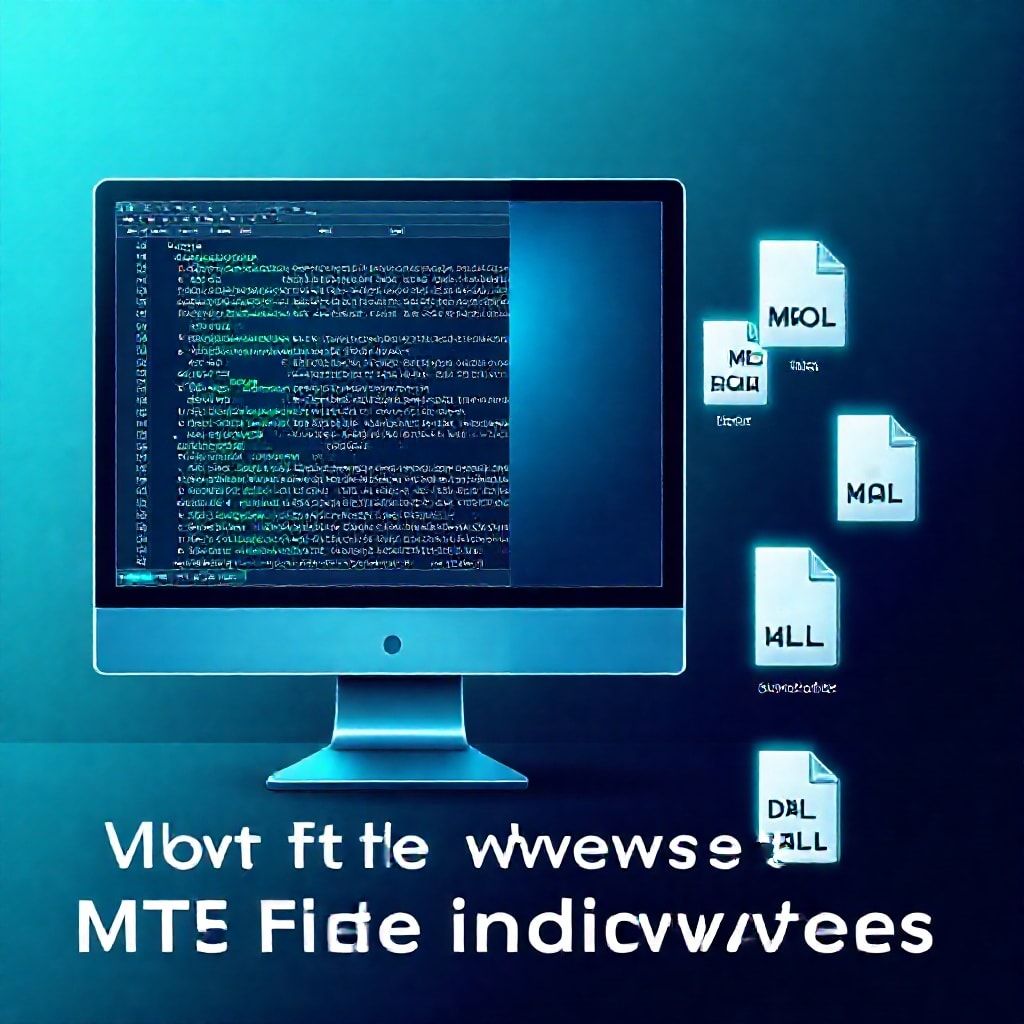What file formats are used for MT4 custom indicators?
What File Formats Are Used for MT4 Custom Indicators?
Introduction
If you’re grinding through MT4 charts and tweaking indicators to fit your trading routine, you’ve probably bumped into the question: what file formats actually power those custom tools? For MT4, the core formats are fairly straightforward—readable source code you can compile, and the compiled runtime you load on your terminal. But in today’s multi-asset world, you’ll also hear about DLLs and data feeds that extend what an indicator can do. The good news is you don’t need to be a tech wizard to pick the right format for reliability, speed, and security—especially as DeFi, AI, and cross‑market signals start to nudge MT4 workflows forward.

Formats you’ll encounter
- .mq4: This is the human-friendly source file. Traders who code their own indicators or modify existing ones will often start with an .mq4. It’s readable, editable, and ideal for tweaking logic, thresholds, and visual outputs before you publish or use it live.
- .ex4: The compiled form. MT4 actually runs on the .ex4 file, which is created from the .mq4 by the MetaTrader compiler. It’s faster for execution and harder to tamper with than raw source. If you buy indicators, you’ll typically receive an .ex4 or a package that includes it along with the installer script.
- .dll: Some indicators pull power from external libraries written in C/C++. Those libraries are loaded into MT4 as DLLs. They can expand math routines, data processing, or access to external data, but they come with security considerations and permissions to enable DLL imports on the platform.
Practical implications for traders and developers
- Distribution and updates: If you’re a developer, keeping a clean .mq4 version helps you patch bugs and push updates. For traders, an .ex4 is usually enough to run, but you’ll want access to the source only if you need customization.
- Cross-compatibility: Since MT4 remains popular, many vendors stick to .mq4/.ex4 combos. If you plan to move between platforms or share indicators, confirm you’re delivering or receiving compatible formats.
- External data and speed: DLL-based indicators can access faster local math or external feeds, but they add a layer of risk if the DLL isn’t trustworthy. In a fast-moving market, every millisecond counts, so test latency and reliability in a sandbox before going live.
Security and reliability
- Source trust: Use indicators from reputable developers or verified sources. If you’re handling .mq4 code, you can audit the logic before compiling.
- DLL caution: DLLs introduce potential security and stability risks. Enable DLL imports only from trusted providers and keep your MT4 installation behind standard security practices.
- Version control: Maintain a small library of tested indicators. A rollback plan saves you when a new update behaves oddly on live charts.
Web3, cross-asset trading, and data feeds
Web3 and DeFi bring signals from crypto markets, stablecoins, oracles, and cross-chain data into traders’ decision trees. MT4 indicators, by themselves, stay local to a trader’s computer, but the data they ingest can come from modern feeds via API middleware or bridge services. In practice:
- You might feed MT4 with external price feeds or sentiment signals through a bridge that presents data in familiar formats to an .mq4/ .ex4 workflow.
- The advantage is still the same: you keep MT4’s charting strengths while layering newer signals from crypto, indices, or commodities. The caveat is latency and reliability; DeFi data can be volatile and noisy, so we filter and backtest carefully.
Future trends: smart contracts and AI-driven trading
Smart contracts and AI are widening the horizon for how indicators inform decisions. Expect:
- AI-assisted param tuning: machine learning can optimize indicator inputs, which you then encapsulate in .mq4 logic and compile to .ex4.
- Smart-contract signals: if a DeFi oracle or cross-chain event triggers, you might see middleware that translates those signals into MT4 actions or alerts. The actual trade execution remains on MT4, but the signaling layer grows richer.
- Security-first architecture: as you hook more external data, robust vetting and risk controls become non-negotiable.
Tips for traders and strategy ideas
- Start simple: master .mq4 editing on a demo account before moving to live. Check performance, look for slippage, and stress-test on different instruments.
- Favor reliability: for multi-asset wallets, balance DIY indicators with vetted, ready-made tools to avoid overfitting to one market regime.
- Manage leverage smartly: high leverage pairs well with clear risk controls; use indicators as confirmation rather than sole decision drivers.
- Keep an eye on data quality: if you’re using external feeds or DLL-based calculations, verify latency, uptime, and source reliability.
Slogan to keep in mind
“Format powers function, but trust powers strategy.” In the evolving world of web3, AI, and cross-asset markets, the right MT4 indicator format is your bridge from data to disciplined action.
Conclusion
MT4’s favorite formats—mq4 and ex4—still anchor the platform’s customization scene, while DLLs unlock deeper math and external data. As DeFi signals travel alongside forex, stocks, crypto, and commodities, a cautious, well-tested setup becomes your competitive edge. Embrace simplicity, safeguard your setup, and let smart signals guide your chart reading in a way that feels native to MT4—and future-proof for tomorrow’s fintech landscape.

